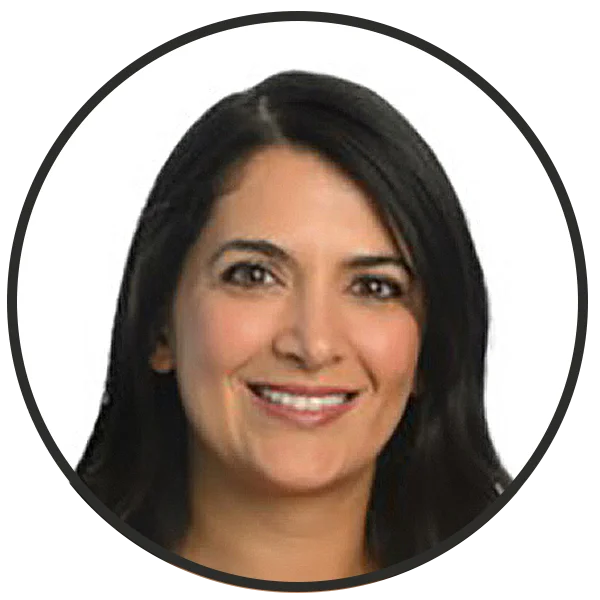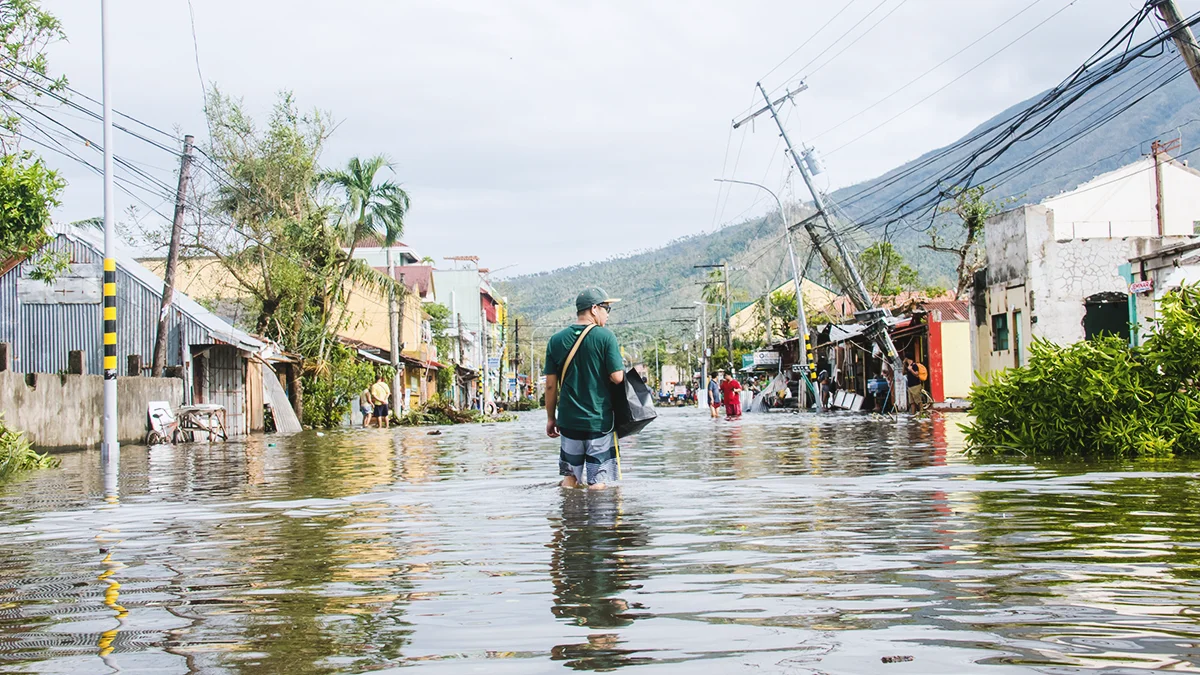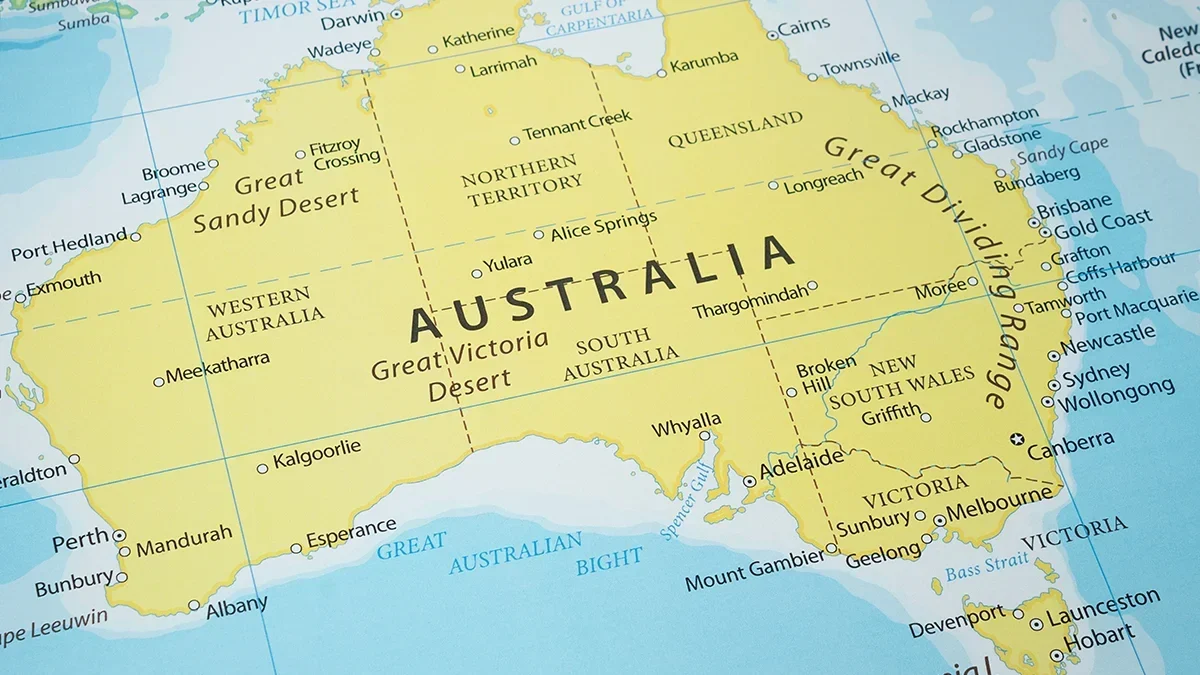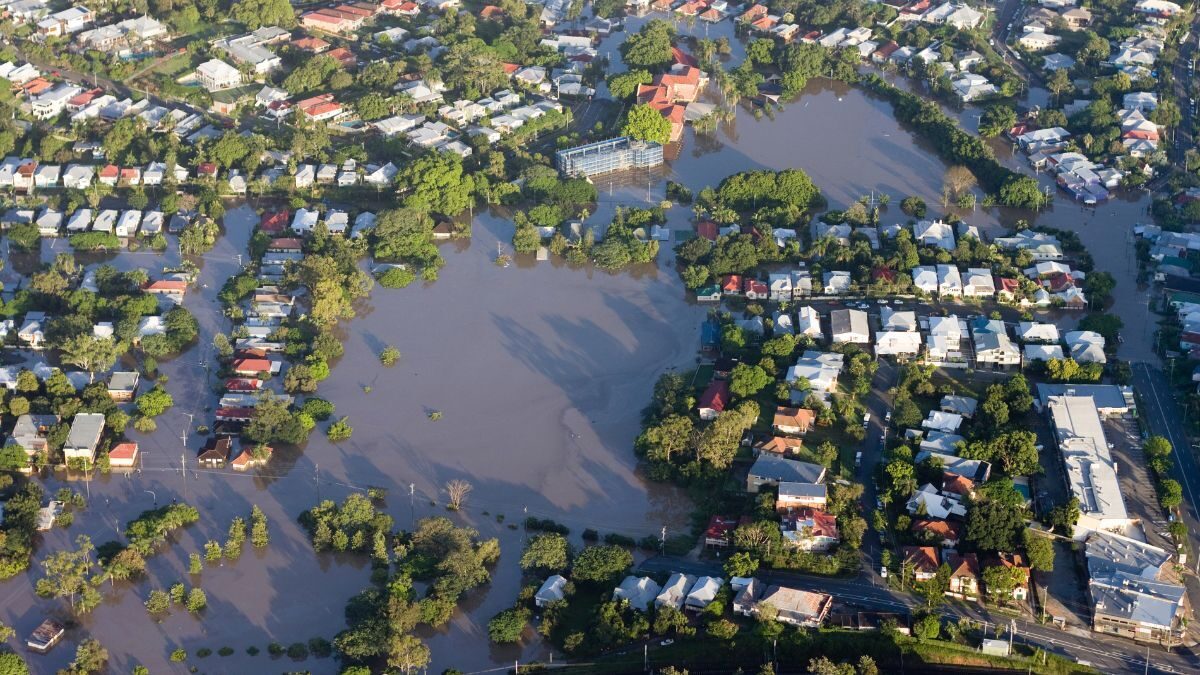(Re)in Summary
• The new Loss and Damage Funds was formally operationalised during the United Nations Climate Change Conference in November (COP29).
• Insurance is seen as an important component of the Fund.
• The COP29 Presidency says that funds will start to be distributed in 2025.
• A meeting is taking place in Manila to discuss the finer details of how funds will be distributed.
• The success of these early projects will determine whether the Fund can attract more money going forwards.
• The inaugural director of the fund has strong experience with parametric insurance.
As the United Nations’ new Loss and Damage Fund prepares to start dispensing money from 2025, the global insurance industry is wondering what it can do to make the initiative a success. This is particularly relevant for those parts of South East Asia that are highly prone to natural catastrophe (nat cat) disasters and where commercial insurers find it hard to provide cover.
Formalities on the establishment of a fund to help the world’s poorest nations cope with the effects of climate change were agreed upon in 2023, during the annual United Nations Climate Change Conference (COP28).
This year at COP29 (which took place between November 11-22) a number of agreements were signed that will allow the fund to start funding projects in 2025.
While the COP29 presidency says that the Fund has now been “operationalised”, there are still many things to work out, including how to determine where the money will be spent and the channels through which it will flow.
The Board of the Fund is meeting in Manila this week (December 2-5) to address many of these questions. Insurance sources say that there is a big push for the Fund to create its own rules and conditions, rather than conform to the approach set out by the World Bank, which it is hosted by.
An uphill struggle
It has been an uphill struggle to attract support for the initiative. Current pledges stand at US$731.15m.
While UN Secretary General Antonio Guterres has welcomed the creation of the Fund, he has been highly critical of the amount that developed countries have been prepared to pay in, pointing out that the amount pledged so far is roughly equivalent to the annual earnings of the world’s 10 best paid footballers.
To put things in perspective, US$731m does not even account for a quarter of the damage caused in Vietnam by Typhoon Yagi earlier this year – just one single event in South East Asia.
Those behind the Loss and Damage Fund hope that, once the world has seen the difference that the new projects can make, more money will be forthcoming.
Speaking during the COP 29 Presidency signing ceremony, the inaugural director of the fund, Ibrahima Cheikh Diong, said: “If we use the same global solidarity that we’ve used up to now we can certainly move mountains. I sense the desire to keep the momentum that got us to where we are. That momentum is needed now more than ever so that we can get the resources to where they are needed and protect the lives and livelihoods of the most vulnerable.”
The role of insurance
The insurance industry says that it has an important role to play in this, and can take heart from the fact that the Diong is the former director of a parametric risk pool called African Risk Capacity.
“It is a very reassuring move to put Ibrahima in charge of the Fund,” says an APAC climate risk expert from a broker, who preferred to remain anonymous. “Here is someone who has worked in the private-public space for a long time. He knows how the risk transfer markets work, and he understands how to make some of these transactions more palatable and more affordable. And he is someone who is credible to the Global South.”
APAC climate risk expert
He says that Diong has spoken about the importance of communities being able to receive money quickly after an event.
“I believe that the Loss and Damage Fund will make this a priority and, once they do, they will be looking towards the insurance industry to provide a rules-based approach rather than that payment gets stuck, waiting for a decision from a government committee,” he adds.
Speaking to (Re)in Asia last year, a number of insurers and brokers insisted that parametric insurance solutions should lie at the heart of what the Loss and Damage Fund is trying to achieve.

Ruth Lux
Head of India, Middle East and Africa Public Sector Solutions at Guy CarpenterThe extent to which insurers are involved in the initiative will depend on how the operational structure of the Fund is created.
“Loss and Damage is not officially part of Article 9 of the Paris Accords [which were agreed at COP 21 in 2015]. Therefore it falls under different rules and arrangements in terms of funding,” says Ruth Lux, Head of the India, Middle East and Africa Public Sector Solutions practice at Guy Carpenter. “Many see this as a good thing. Keeping Loss and Damage distinct from overall funding for mitigation and adaptation allows for a more targeted approach to addressing the specific impacts of climate change and can help ensure that resources are allocated appropriately.”
Lux adds that, while the reinsurance industry supports the LDF initiative, “clearer guidelines on fund disbursement, risk assessment, and long-term sustainability are essential to maximise its impact on low-income populations.”
She adds: “The reinsurance industry can further support low income populations by providing innovative financial solutions, risk management expertise, and advocating for policies that promote climate resilience.”
Public-private initiatives
Having a distinct structure for the Loss and Damage Fund offers greater opportunity for new insurance initiatives to take centre stage as part of the Fund.
“In my view, insurance, or risk financing more broadly, is a critical path to reducing the impact of disasters and of shocks. It is by no means the only part – and we should not over-emphasise it – but we cannot ignore it either,” says Benedikt Signer, executive director of SEADRIF Insurance Company.

Benedikt Signer
Executive Director of SEADRIF Insurance CompanyInsurance is particularly important for risk transfer and risk pricing expertise, says Signer. But he warns that the private sector cannot fill the protection gap by itself.
“The potential losses are too large and the uncertainties too great for commercial insurance to be viable for many of these markets,” says Signer. “Rather, we need to consider public-private partnerships that make insurance expertise more accessible to the most vulnerable communities.”
He says that such an approach would allow the industry to “move away from smaller piecemeal projects and start de-risking at scale”.
Ruth Lux
Head of India, Middle East and Africa Public Sector Solutions at Guy CarpenterLux from Guy Carpenter also envisages a future where emphasis is placed on co-operation between the commercial insurance sector and public bodies.
“There are often key issues to be defined in terms of – who owns the risk, who is responsible for taking decisions and the reality of financing constraints that many governments and low income populations face. Public private partnerships are key in addressing many of these protection gaps,” she says.
She says that this is particularly valuable for data sharing: “There’s no established standard for easy transfer of data between platforms, so this is definitely an area where work is needed. The insurance sector should, in collaboration with public partners, continue to address data gaps, and look at how to make information available to all stakeholders.”
She says that a practical example of how this has emerged with the Insurance Development Forum’s Global Risk Modelling Alliance, which was launched with the V20 Group of Ministers of Finance with the objective of making better risk information available where it is needed.
“This is key to improving risk awareness and understanding which may be low in many countries. Data-sharing is happening, but is it happening fast enough? The answer to that is probably ‘no’,” says Lux.















